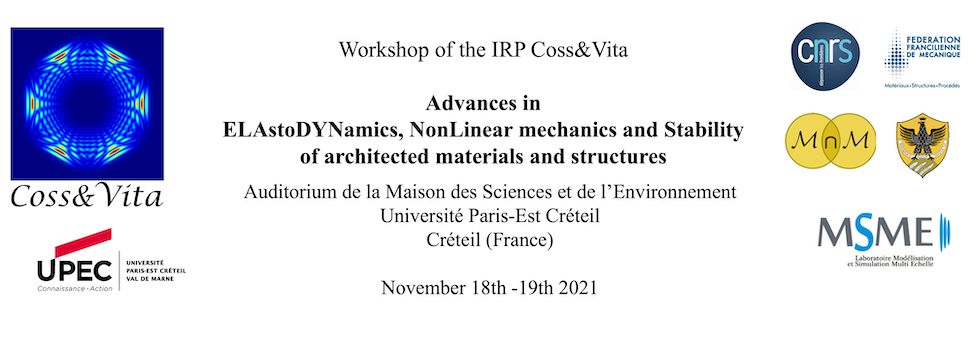In the present work we propose to use the pantographic mechanical metamaterials as the cores of sandwich structures. We evaluated numerically and experimentally the mechanical performance of 3d-printed polyamide sandwich beams with such cores. Four variants of sandwich beams are considered, which differ in the type of connections between the elements in the lattice structure of the core (Fig. 1). We consider the pantographic-type lattices formed by the two families of inclined beams placed with small offset and connected by stiff joints (variant 1), by hinges (variant 2) and made without joints (variant 3). The fourth type of the core has the standard plane geometry formed by the intersected beams lying in the same plane (variant 4). Experimental tests were performed for the localized indentation loading according to the three-point bending scheme with small span-to-thickness ratio. From the experiments we found that the plane geometry of variant 4 has the highest rigidity and the highest load bearing capacity in the static tests. However, other three variants of the pantographic-type cores (1–3) demonstrate the better performance under the impact loading. The impact strength of such structures is in 3.5–5 times higher than those one of variant 4 with almost the same mass per unit length. This result is validated by using numerical simulations and explained by the decrease of the stress con- centration and the stress state triaxiality and also by the delocalization effects that arise in the pantographic-type cores [1].
- Poster

 PDF version
PDF version
